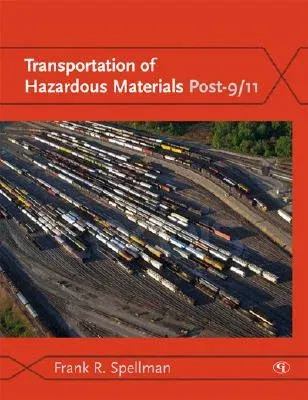American industries--agricultural, medical, manufacturing, mining, and
more--transport millions of tons of hazardous materials by rail, road,
sky, and sea every day. The availability and movement of these materials
provide both businesses and homes with vital products and services, but
they also leave our country vulnerable. The possibility of hazardous
materials falling into the wrong hands presents a significant threat to
national safety and security. This new book focuses on the four major
modes of transportation and provides industry managers with easy-to-read
interpretations of the complex hazardous materials (hazmat)
transportation regulations. It examines post-9/11 upgrades and
identifies solutions for improving transportation, implementing proper
safety programs, and managing potential security threats. The author
begins by examining the role of the Department of Transportation in
hazmat compliance and the essential requirements of Code of Federal
Regulations (CFR) Title 49. He then examines enhanced security
requirements, the regulatory and precautionary changes, implemented
after the 2001 terrorist attacks. Readers of all management levels will
discover a complete and up-to-date reference to understanding and
conforming to the rules of CFR Title 49 Parts 174-177. Shippers and
transporters of all classes of hazmats will find detailed examinations
of new hazmat employee training requirements, function-specific training
requirements, and driver training requirements, as well as an overview
of all Title 49 requirements. Special features include the complete
170-page Hazardous Materials Table, 49 CFR 172.101, and answers to
chapter questions.

